 The Chinese Character "ping"
The Chinese Character "ping"How is this for dark irony? The Chinese civil war which took place in the 1850's and 60's was call the Great Peace Rebellion
(Tai Ping) and is ranked the world's
second bloodiest war of the last 500 years. The Chinese character
'ping' is a common tattoo in the San Francisco. I suppose it would be stating the obvious to point out that the term
'ping,' which is usually translated into English as
'peace,' doesn't really mean peace.
The idea of
peace resists description because it is so deeply ingrained in the most basic concepts and metaphors of our civilization. "Peace is just...like, ....peace man, you know?" Because of this it is easy to unconsciously project our notions of peace onto other cultures. The Chinese idea of peace as best I've been able to glean, is a combination of
yi (unity) and
he (Harmony). And naturally that is the name of another Chinese War, the
Boxer Rebellion which is known as the
Yi He Uprising.
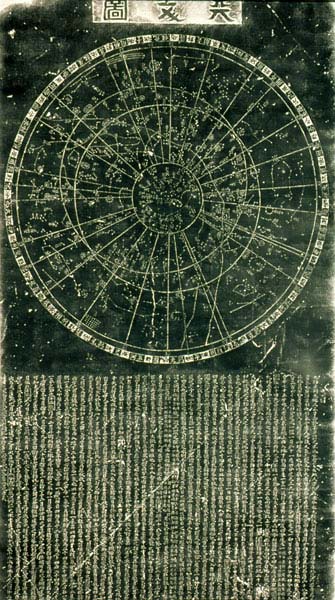
What is going on here? Could this unity harmony thingy explain why Google was able to find the compromise of moving it's operations to Hong Kong?
Yi and
he are the two most important concepts in Chinese Martial Arts. But before I get into that let's examine them more generally. The Chinese calendar seems like a good place to start. It is thousands of years old. Chinese governments have been publishing a calendar for the whole country almost continuously since the Han Dynasty (1st Century B.C.E.). At first glance it is extremely complex because it is a composite of 10's perhaps 100's of local and ethnic calendars. To name just a few, there is the lunar calendar, there is the stem-branch system of 10's and 12's that make up a 60 day cycle, there are the 28 Lunar Mansions which are also called constellations and since 7 goes into 28 they track with our 7 day weeks, there is the Islamic Calendar subsumed inside the larger calendar, there is a 72 day
Yijing divination sequence which reverses its direction at the solstice and equinox, and there are many many more.
When I think of all the little local and ethnic calendars subsumed in the big calender I think of a story I heard about Californian Indians having a calendar which reminded them when it was time to go pick wild onions. By picking onions in particular locations at particular times they loosened the ground and initiated the growth of more onions. They were making gardens in the wilderness. (But of course it wasn't the wilderness to them.) These sorts of ritual cycles are embedded in the Chinese calendar along with innumerable locals celebrations and sacrifices to gods, spirits and ancestors. It was all in one calendar thus we could say there was unity
(yi). Harmony is a broad concept, but in a basic sense, harmony is achievable through
not scheduling a mandatory meeting for work or school on either of the first two nights of Passover! (To give an example from my own life.) Harmony is achievable because our conduct, our activities, and our rituals, take place with awareness, sensitivity, and responsiveness to a bigger context or environment.
Any attempt by diplomats or corporate representatives to negotiate with the Chinese government must begin with some understanding of unity and harmony. Sitting down at a negotiating table with a powerful Chinese representative without incorporating the concept of unity and harmony would be like meeting an American representative without bringing along the concept of "sitting down at the negotiating table!' It's that basic.
I know I said above that I would explain the importance of unity and harmony in martial arts, but it's not easy to explain. I fear words are likely to fail me but here goes.
Unity means inclusiveness. Harmony means simultaneous individuation. They work together. But in trying to explain them I get stuck. I could go to Daoist cosmology and say that
huntun,
totally undifferentiated chaos, approaches unity. When everything is undifferentiated we could
almost stay it's a single thing. But it is not quite unity because unity can be conceived of as having boundaries, like a country or an egg, whereas
huntun has no boundaries.

And of course the
Taiji symbol itself is the most ubiquitous image of
harmony. It graphically dipicts simultaneous individuation--
two distinct things working together inside of each other. But that just starts to sound weird, so lets have an example.
Imagine just an egg, without air or ground. Make it a mammal egg so that the shell is soft. Unity is the egg, the totality of your awareness is the egg. The egg is all there is. The egg can have a distinct shell, yolk and white, or it can be scrambled. It's still just an egg, it's still a
unity and it's still all there is. In Daoist meditation there is this notion that we can map stillness as a transition between
two types of experience which are actually one--
the egg with a shell, a white and a yolk, and the egg scrambled.In the internal martial arts,
taijiquan, xingyi, bagua, we are an egg. The totality of our awareness, our sense of where we are and the boundaries of our perception, is an egg. Our physical mass is the yolk (jing). The egg white is clarity and movement, it is what animates us (qi). We could almost say that the egg white is inspiration and motivation; however, in Daoist cosmology this egg white is just the medium for animation--inspiration comes from
Dao, it does not have any apparent origin.

The shell of the egg is the boundary of our perception. When we practice internal gongfu the shell is the sky and the horizon--as we see, feel, hear, smell and imagine it. We call this
shen (spirit) in martial arts. It contains the yolk and the egg white. In basic training we develop the yolk (the body) so that it is smooth, round, and able to shift and change like a thick liquid which can expand and condense in all directions. Then the yolk itself becomes so quiet that we forget it! We forget it like we would forget our own body in the presence of a beauty beyond words. We move only the egg white, shifting and swirling within an enormous shell, and the body follows without effort or inhibition.
That's harmony.



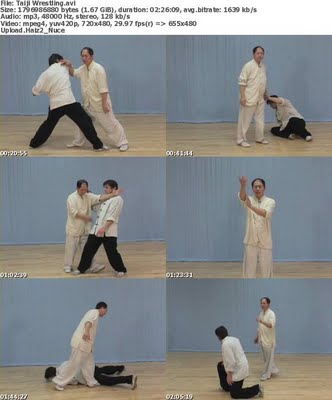

 Both have fixed foot positions. The one top goes up and down. The one on the bottom goes forward and backward. They are both designed to take all arm and leg power out of the system as well as any size advantages or gravity/momentum/positioning advantages-- Thus leaving only "internal" mind-energy changes of the torso for generating force. What the practice reveals is all the possible things you could do that are wrong. This is really important because all those "wrong things," like tension in the shoulders, might seem like they are giving an advantage in a more dynamic or volatile exercise.
Both have fixed foot positions. The one top goes up and down. The one on the bottom goes forward and backward. They are both designed to take all arm and leg power out of the system as well as any size advantages or gravity/momentum/positioning advantages-- Thus leaving only "internal" mind-energy changes of the torso for generating force. What the practice reveals is all the possible things you could do that are wrong. This is really important because all those "wrong things," like tension in the shoulders, might seem like they are giving an advantage in a more dynamic or volatile exercise.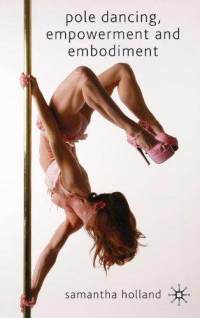 Understanding the nature of perception is profoundly important for the study of any movement art. The martial arts have been particularly vulnerable to the modern dictum that, "what you see is what you get." But perception just ain't that simple.
Understanding the nature of perception is profoundly important for the study of any movement art. The martial arts have been particularly vulnerable to the modern dictum that, "what you see is what you get." But perception just ain't that simple.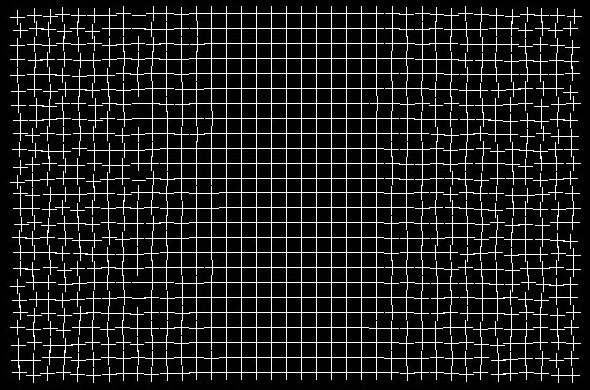
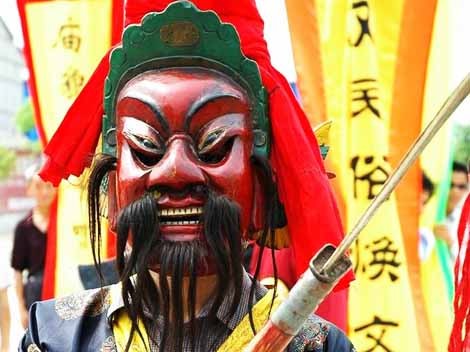 Theater ritual and martial arts are closely intertwined. Masks have been used since ancient times to create altered states of consciousness. If you want to know what it is like to experience the tunnel vision associated with being attacked, just put on a mask with narrow eye slits. Mask work done with tradition and sensitivity has the ability to profoundly change the way we move and see. It can change the way we feel and perceive both space and time. Most traditional
Theater ritual and martial arts are closely intertwined. Masks have been used since ancient times to create altered states of consciousness. If you want to know what it is like to experience the tunnel vision associated with being attacked, just put on a mask with narrow eye slits. Mask work done with tradition and sensitivity has the ability to profoundly change the way we move and see. It can change the way we feel and perceive both space and time. Most traditional  Below is the text of the flyer for George Xu's latest public offerings in San Francisco. It's poetry, of a sort. The first time I met George was around 1990. My first teacher, Bing Gong was making a formal introduction on my behalf. George was briefly delighted and then went into a wild rant about how everyone was doing Tofu Tai Chi. He proceeded to define and contrast Tofu Tai Chi with the other cosmological possibilities and then began demonstrating maximum spring shaking power as the antidote to all this squishy food practice. I was hooked.
Below is the text of the flyer for George Xu's latest public offerings in San Francisco. It's poetry, of a sort. The first time I met George was around 1990. My first teacher, Bing Gong was making a formal introduction on my behalf. George was briefly delighted and then went into a wild rant about how everyone was doing Tofu Tai Chi. He proceeded to define and contrast Tofu Tai Chi with the other cosmological possibilities and then began demonstrating maximum spring shaking power as the antidote to all this squishy food practice. I was hooked. 
 They say we use only a small portion of our brain, and that of the small part we do use, about
They say we use only a small portion of our brain, and that of the small part we do use, about 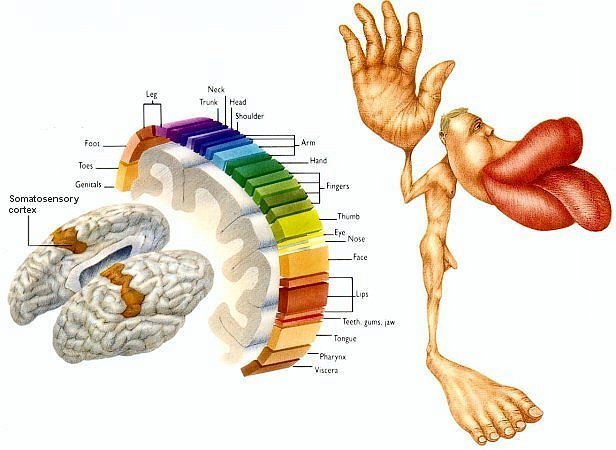

 What is going on here? Could this unity harmony thingy explain why Google was able to find the compromise of moving it's operations to Hong Kong?
What is going on here? Could this unity harmony thingy explain why Google was able to find the compromise of moving it's operations to Hong Kong? And of course the Taiji symbol itself is the most ubiquitous image of harmony. It graphically dipicts simultaneous individuation--two distinct things working together inside of each other. But that just starts to sound weird, so lets have an example.
And of course the Taiji symbol itself is the most ubiquitous image of harmony. It graphically dipicts simultaneous individuation--two distinct things working together inside of each other. But that just starts to sound weird, so lets have an example. The shell of the egg is the boundary of our perception. When we practice internal gongfu the shell is the sky and the horizon--as we see, feel, hear, smell and imagine it. We call this shen (spirit) in martial arts. It contains the yolk and the egg white. In basic training we develop the yolk (the body) so that it is smooth, round, and able to shift and change like a thick liquid which can expand and condense in all directions. Then the yolk itself becomes so quiet that we forget it! We forget it like we would forget our own body in the presence of a beauty beyond words. We move only the egg white, shifting and swirling within an enormous shell, and the body follows without effort or inhibition. That's harmony.
The shell of the egg is the boundary of our perception. When we practice internal gongfu the shell is the sky and the horizon--as we see, feel, hear, smell and imagine it. We call this shen (spirit) in martial arts. It contains the yolk and the egg white. In basic training we develop the yolk (the body) so that it is smooth, round, and able to shift and change like a thick liquid which can expand and condense in all directions. Then the yolk itself becomes so quiet that we forget it! We forget it like we would forget our own body in the presence of a beauty beyond words. We move only the egg white, shifting and swirling within an enormous shell, and the body follows without effort or inhibition. That's harmony.